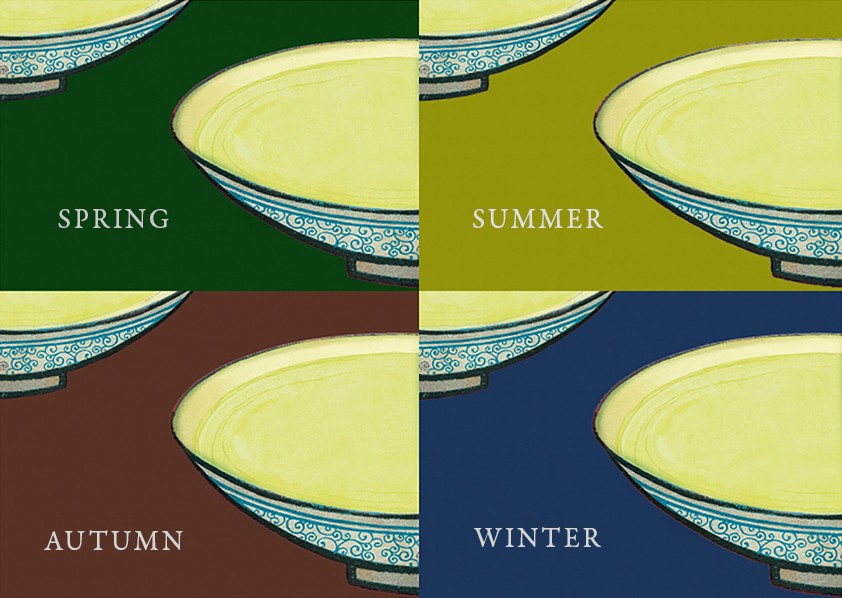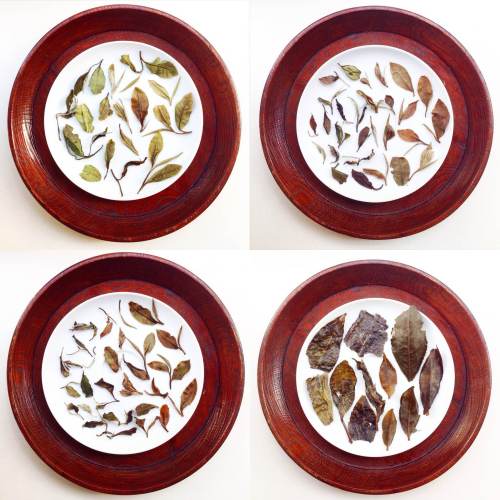Description
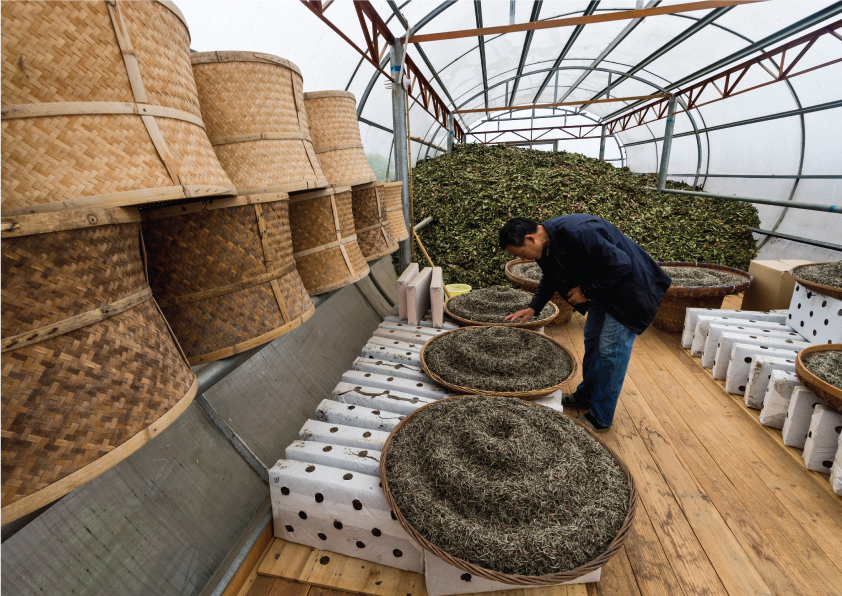
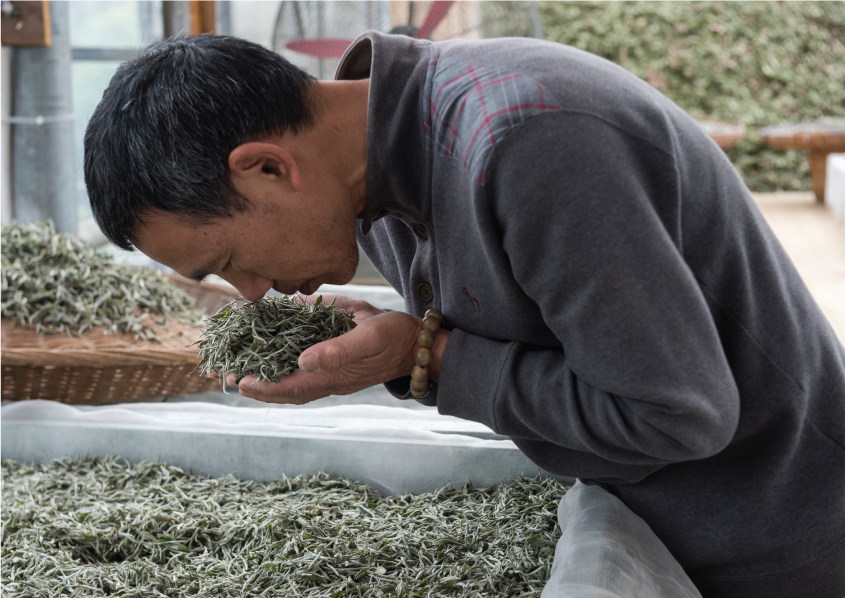
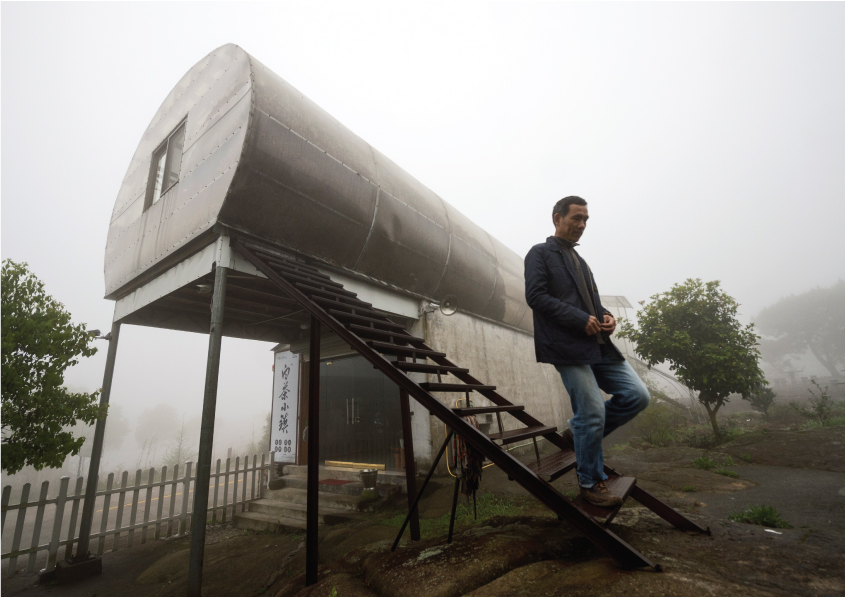
Master Fang started his journey in tea working for one of the state-owned factories in Fuding learning about tea manufacture with a speciality in mechanism. In 2001 he left to start tea production by himself and invented his own manually controlled sun-light room which allows precise drying all year round, an innovation many farmers have now followed. In 2003 he started reclaiming tea fields in Taimushan and committed himself to completely organic farming. It is Master Fang’s philosophy that white tea should be a pure reflection of the local terroir and ecosystem, and therefore should be absolutely free of any impurities.
Master Fang’s farms are deep within Taimushan away from human habitation and accessible with difficulty only through the forest and a small mountain road. Although he started farming using organic fertiliser he has now switched exclusively to using dung from wild sheep, reasoning that the dung from other livestock may be compromised by artificial feed. The old trees on Taimushan are a natural bird habitat and since insecticides are prohibited he relies on them to tackle the problem of insects on the farms. Master Fang picks and processes his tea in a very traditional way despite the high costs, paying his workers double the regular rate to ensure that the picking is flawless and that the buds and leaves are exactly the right size. His yearly production across all seasons is just 2000kg which is around a quarter of the usual yield per acre of most farms in Fuding. Due to variable weather, withering is done in rooms using his patented sun-light technology to mimic traditional sun-dried white tea production and the temperature is kept relatively cool to stop accelerated drying.
Master Fang has received numerous awards for his work, including a gold medal from the Ministry of Agriculture for pressing the world’s largest tea brick for the Beijing Olympics in 2008. His tea was also entered into the North American Tea Championships in which it won the top prize in the white tea category. In 2013 CCTV (China Central Television) made a 6-part documentary on tea called Tea: Story of a Leaf which focused solely on Master Fang in the segment on white tea.
Master Fang’s tea are not only suitable for ageing but make some of the most aromatic forms of aged tea and will gain complexity and depth if stored well, proving the Chinese adage that white tea is ‘one year – tea, three years – medicine and seven years – treasure’ (“一年茶、三年药、七年宝”)

